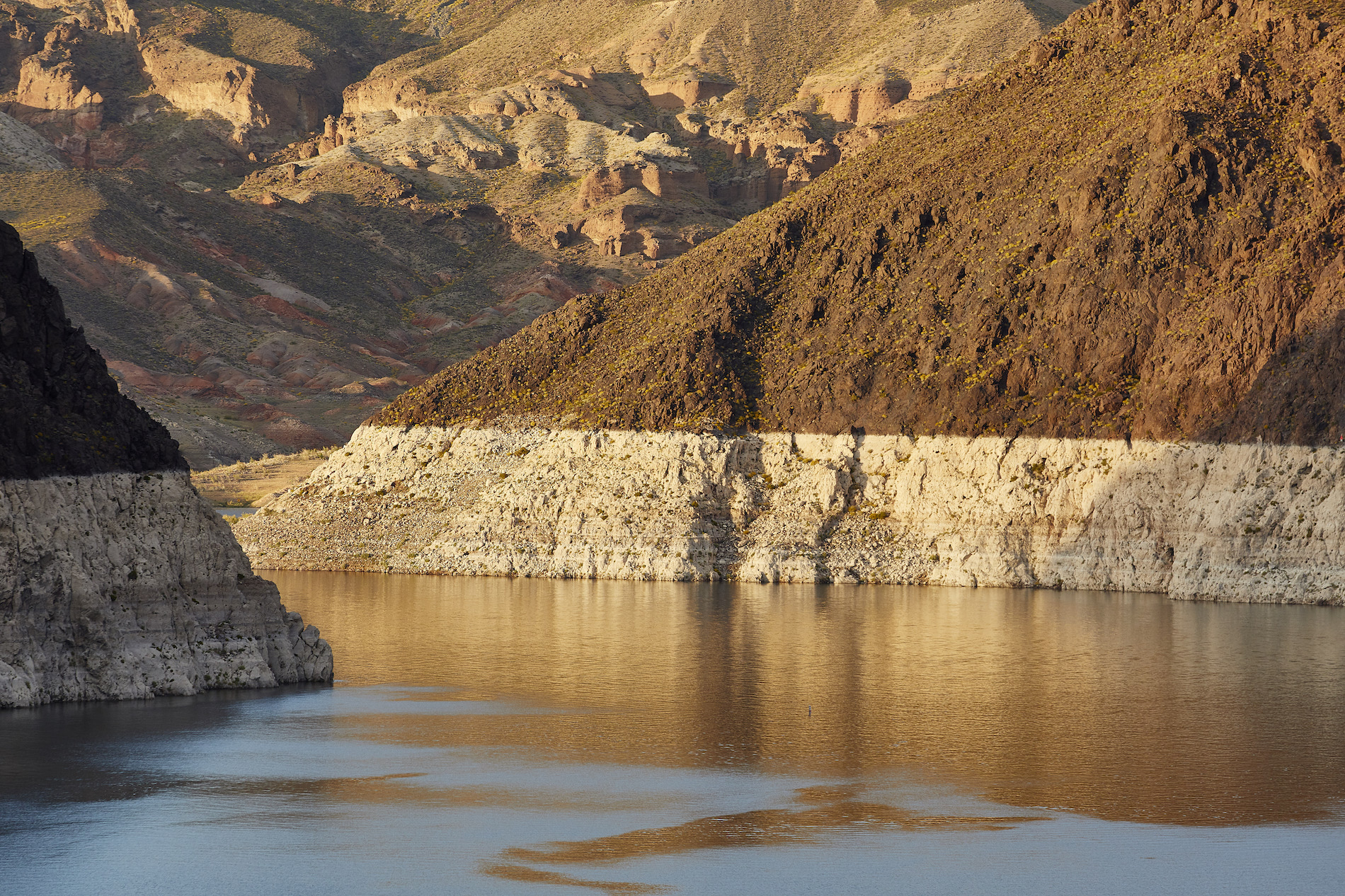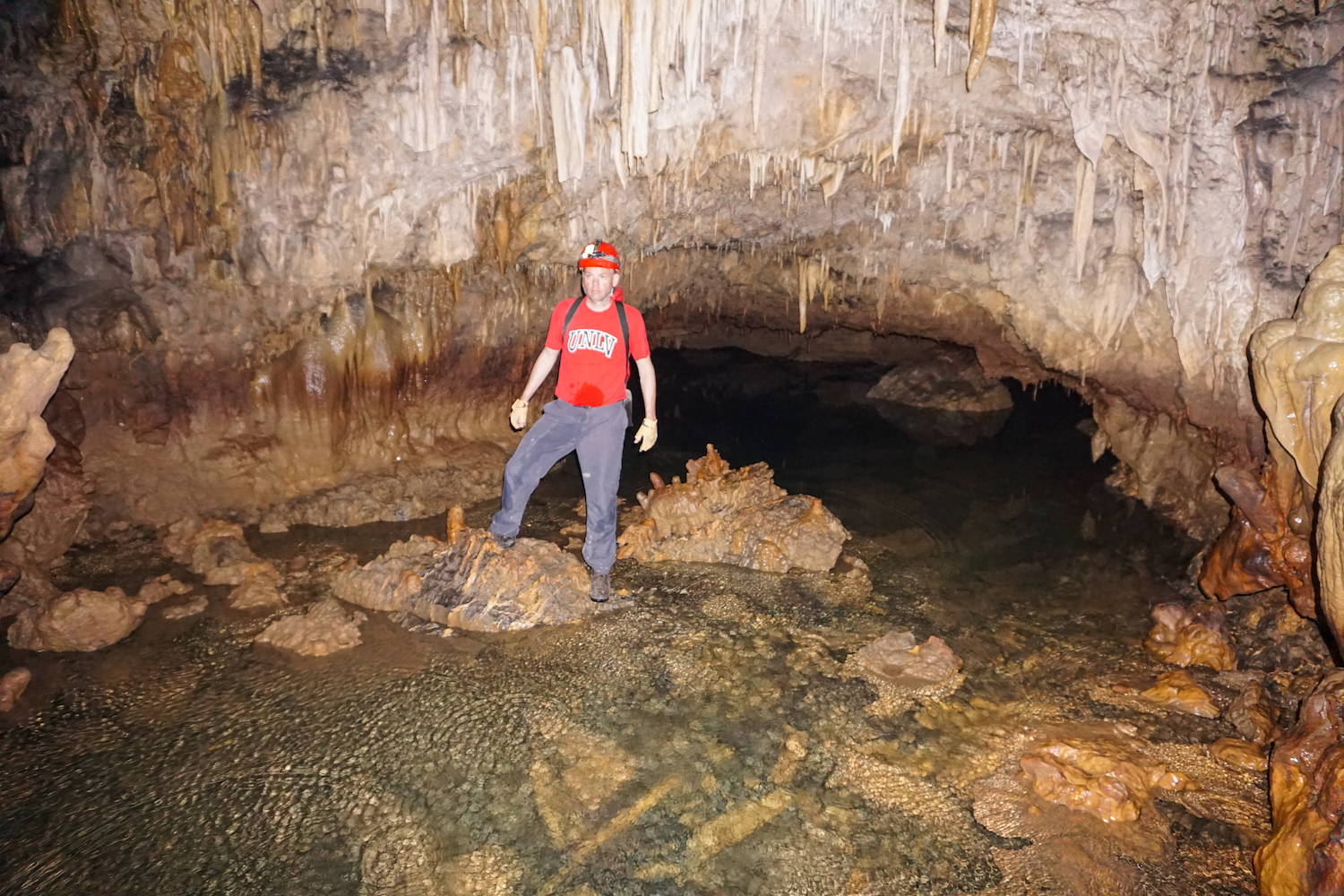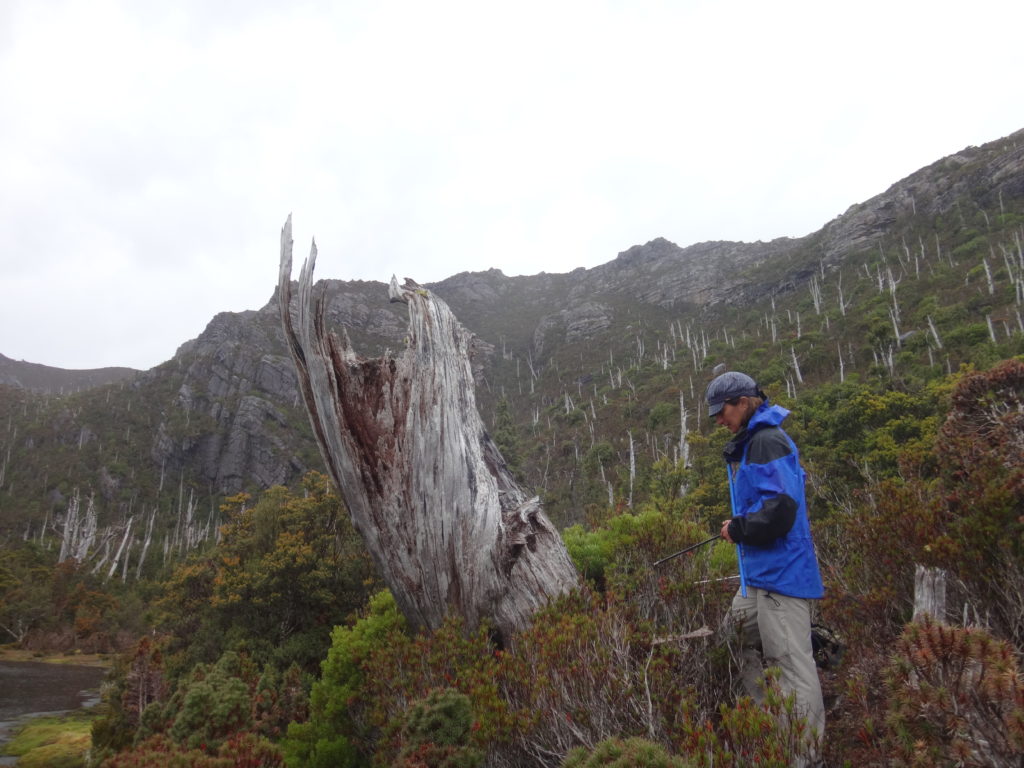56 million years ago, the Earth experienced one of the largest and most rapid climate warming events in its history: the Paleocene-Eocene Thermal Maximum (PETM), which has similarities to current and future warming.
Tag: Paleoclimatology
Map of Ancient Ocean ‘Dead Zones’ Could Predict Future Locations, Impacts
Researchers have created a map of oceanic “dead zones” that existed during the Pliocene epoch, when the Earth’s climate was two to three degrees warmer than it is now. The work could provide a glimpse into the locations and potential impacts of future low oxygen zones in a warmer Earth’s oceans.
Research Shows How Gulf of Mexico Escaped Ancient Mass Extinction
An ancient bout of global warming 56 million years ago that acidified oceans and wiped-out marine life had a milder effect in the Gulf of Mexico, where life was sheltered by the basin’s unique geology – according to research by the University of Texas Institute for Geophysics (UTIG).
Scientists shine new light on role of Earth’s orbit in the fate of ancient ice sheets
Scientists have finally put to bed a long-standing question over the role of Earth’s orbit in driving global ice age cycles.

What Happens in Vegas, May Come From the Arctic?
Climate records from a cave in the southern Great Basin show that Nevada was even hotter and drier in the past than it is today, and that one 4,000-year period in particular may represent a true, “worst-case” scenario for the Southwest and the Colorado River Basin — and the millions of people who rely on its water supply.

Research Brief: Ocean Temperatures Impact Central American Climate More than Once Thought
In a study published today in the journal Nature Communications, UNLV climate scientists and colleagues examined the rainfall history of Central America over the last 11,000 years. The results provide long-sought answers to what has been controlling rainfall in the region for several millennia.

Australian fires will be ‘dwarfed’ by future events, continued warming, drying climate
West Virginia University geographer and paleoclimatologist Amy Hessl has studied the climate history of Australia and even happens to be in the country as it faces massive fires that have left many homeless and resulted in at least 20 deaths. A changing climate,…